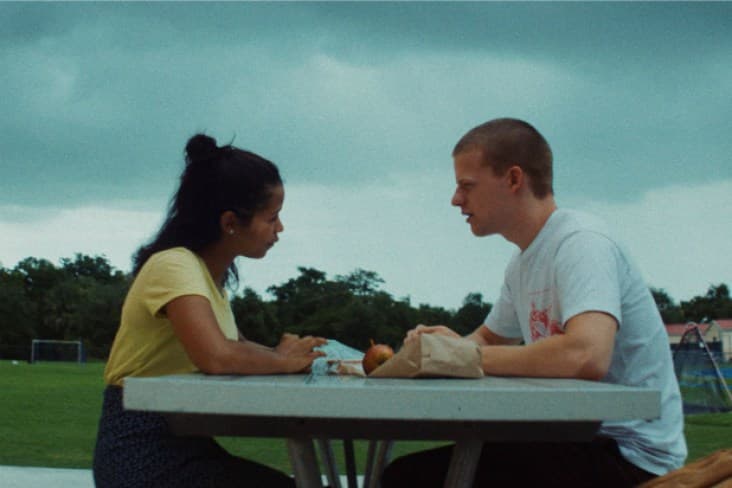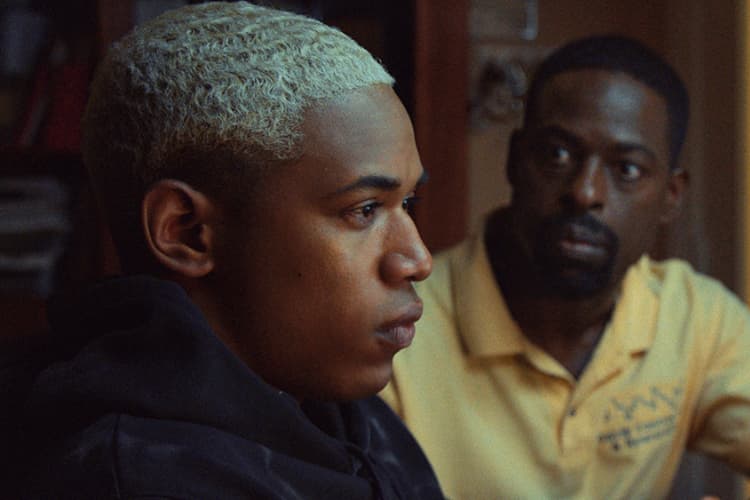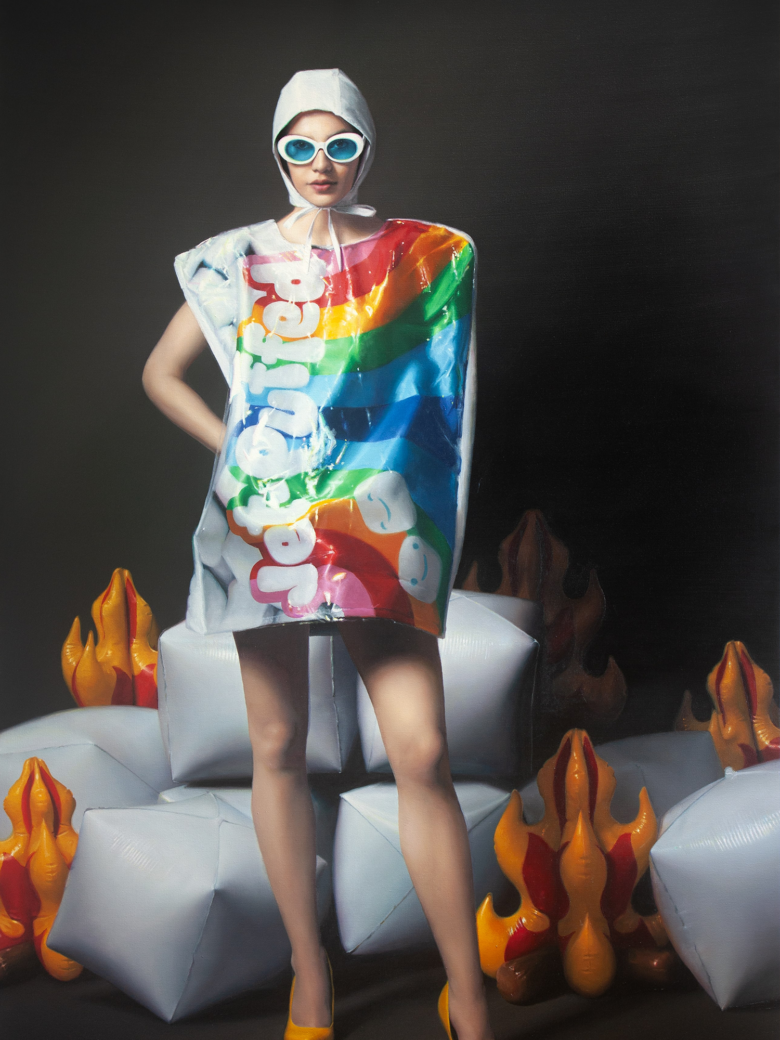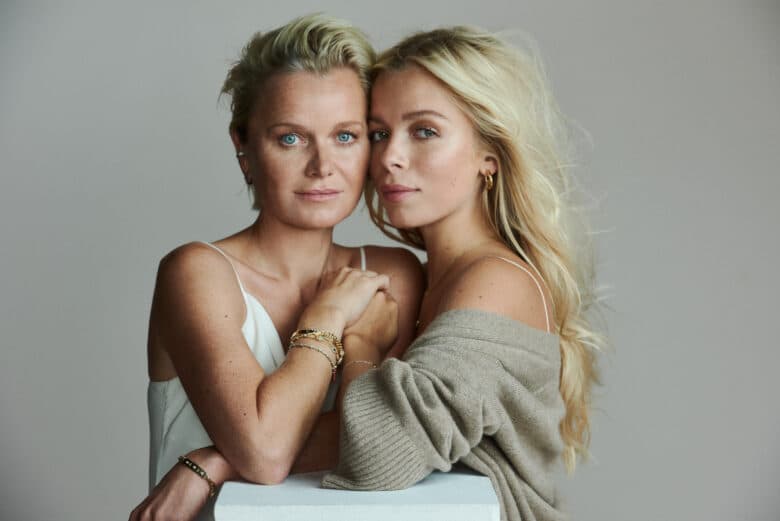Inside Waves’ flowing cinematic rhythm
Over the course of the 2010s, the film studio A24 emerged as the defining voice in the independent cinema of the decade; yielding us gems like The Florida Project, Ladybird, Spring Breakers, The Farewell, American Honey and, of course, Moonlight. These films are varied, yes, but they do have certain things in common. There’s certainly an openness towards experimentation, in both form and cinematography, but there’s also a deft attention to feelings.
Whether it be the quiet devastation of Moonlight or Spring Breakers’ reckless youthful boredom, the mark of an A24 release is its ability to inhabit the inner emotional world of its characters; inviting the viewer into this space as well. Few films typify this quite like Waves, the forthcoming A24 release from director Trey Edward Shults and a family drama that zooms in on the claustrophobic existence of Tyler (Kelvin Harrison Jr) a young teenager burdened with the pressures of school, sports and, as The Guardian explicates, narratives around Black excellence.
Whilst the film begins with scenic wanderings across the South Florida landscape and the minutia of middle class America, Harrison’s tour de force performance carries the film’s escalating intensity as his character’s perfect existence begins to unravel with irreversible consequences. The action seems to speed towards destruction and it’s hard not to feel blindsided by the events unfolding — as Sight & Sound put it; “stakes seem so high that it seems such immense displays of emotion are determined to swallow the viewer whole.” Viewers are thrown a life jacket, however, as the film’s second half pulls back from the crashing waves and opens up to gentler tides.

Much has been made of Waves‘ use of Frank Ocean’s discography; largely because the artist is so difficult to pin down that it certainly wasn’t a give-in that he would authorise his music for use. On a less sceptical level, however, Ocean’s reflective, introspective songs provide the perfect canvas for the abundant emotion and pain being explored here.
Rather less attention, however, has been paid to another integral part of the film; the stunning cinematography from Drew Daniels who, working with Shults, created a visual arc to mimic the film’s narrative structure. As the film progresses towards its dramatic climax, the aspect ratio shifts — becoming tighter to mirror the protagonist’s increasingly fraught inner psyche. Later, as the film eases out from this moment, the ratio expands to open its characters up to wider horizons.
Speaking to Daniels, he explains that the cinematography attempts to embody “subjective realism” — a filmic approach which plants the spectator within the character’s frame of reality. “Trey [Edward Shults] and I always use cinematography in support of the psychology of the character and their emotional journey,” he explains. “With Waves the visual language was designed to be a mirrored arc; so we evolved it in one direction, then from the middle we evolve it back where we started and it comes full circle.”

Similarly, camera movement was used to create a sense of widening and narrowing possibility. “The camera movement evolves in the same exact way as the other filmic elements. When we start, the camera has this freedom and you feel like it could go anywhere or do anything. That’s how Tyler feels; he’s at the top of his game.” As the protagonist receives bad news that may jeopardise his future, this free-floating camera turns static to mirror this sense of thwarted potential. “When things start to go wrong for him, we start to close the world down and introduce zoom,” he explains. “The camera becomes more locked off.”
This more experimental flair present Waves and also in Daniels’ work on projects like HBO’s Euphoria, was informed by an education at the University of Texas in Austin, which numbers Robert Rodriguez and Richard Linklater amongst its alumni, as well as experience as a PA on a Terence Malick (who himself hails from Austin) feature. According to Daniels, these early experiences were formative in so much that they encouraged him to develop a singular approach, rather than necessarily explicitly defining his style; “Austin just has this approach to filmmaking that was very independent and that raw, DIY aesthetic has stuck with me.”
Within Waves, there is also a certain rawness, something that Daniels believes is intrinsic to its success. “With Waves, Trey [Edward Shults] and weren’t doing anything you couldn’t do with a very modest budget. If you break the project and the way we shot it down, you can see it’s a very simple film. It’s approachable.” What makes the film such a stand-out piece of cinema, then, is not a big budget but belief. “Waves works because it’s very honest, emotional and fearless,” says Daniels. “I think being fearless is one of the most important things in film-making. Having ideas and not being afraid to really go for it is the reason Waves stands out; we believed in what we were doing.”
Waves is released in UK cinemas on 17 January. Watch the trailer below.

